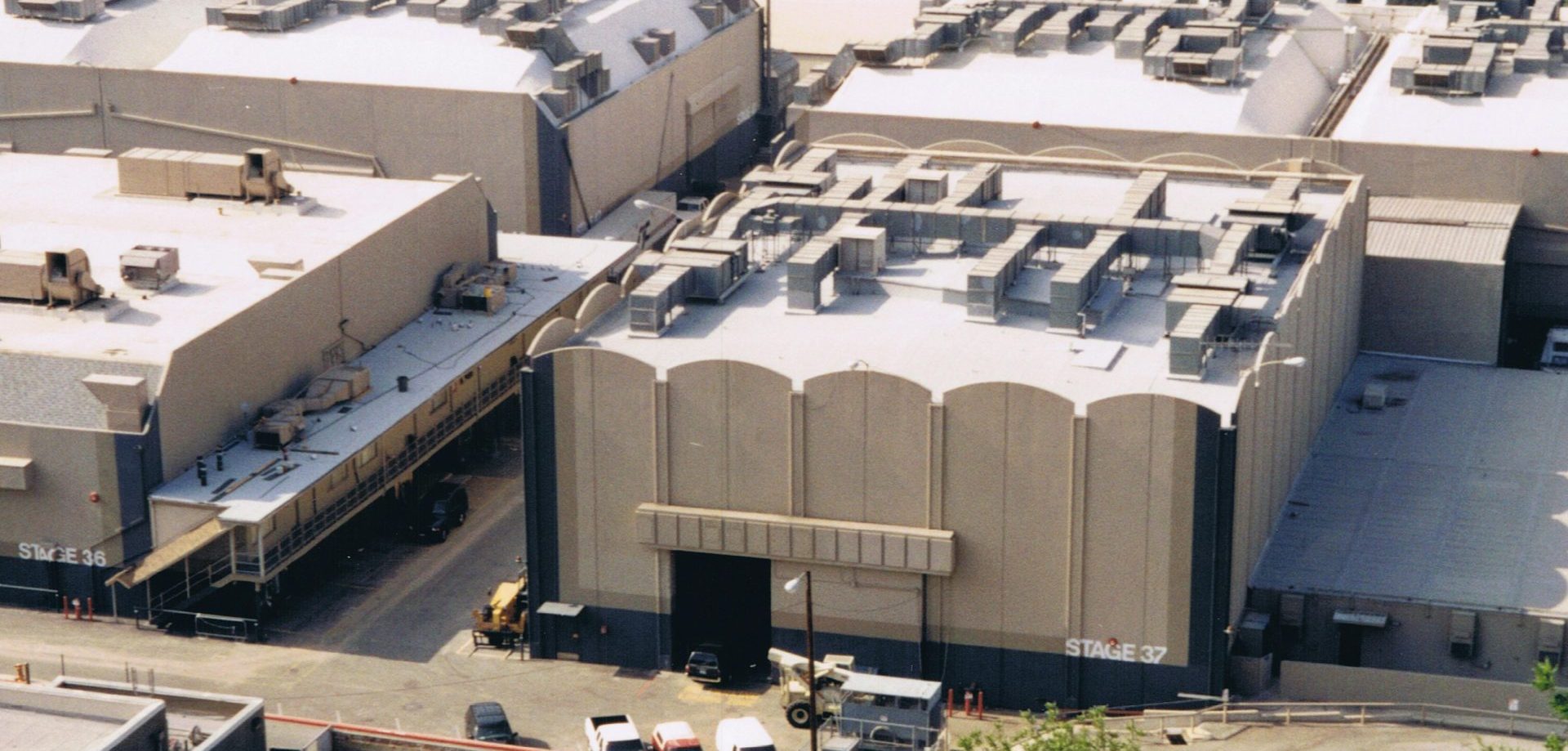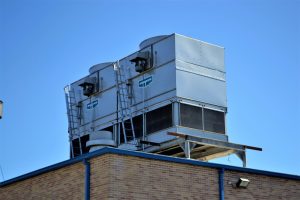
If you have ever wondered, how does a commercial heating system work, this article will guide you through the basics. Commercial heating systems are essential to maintaining a comfortable environment in workplaces, from office buildings to larger commercial properties. These systems are designed to provide consistent temperature control, support indoor air quality and manage energy consumption efficiently across various commercial settings.
Melbourne Heating and Cooling specialises in commercial heating installations, replacements, and servicing. We are here to help you understand the different types of systems available and what you can expect from each.
What Is a Commercial Heating System?

Commercial heating systems are responsible for warming large indoor spaces efficiently and safely. They differ from residential heating systems in both scale and complexity. Depending on your building’s layout, usage, and occupancy, there are several types of commercial heating systems to consider:
- Gas Boilers: A common type in commercial applications, these use a fuel source such as natural gas to heat water which is then circulated through a pipe system to radiators or fan coils. The process involves a combustion chamber, heat transfer via cast iron or copper elements, and distribution through a pressurised system.
- Forced Air Systems: These systems use air ducts and an air handler to distribute warm air. The heat source may be a gas burner, electric coils, or a heat pump system. Rooftop units are a popular option in commercial spaces for their convenience and compact design.
- Heat Pump Systems: Heat pump systems provide both heating and cooling using a refrigeration cycle. These systems absorb thermal energy from outside air and release it indoors during colder months. Variable Refrigerant Flow (VRF systems) or Variable Refrigerant Volume (VRV systems) are advanced forms used in commercial settings.
- Destratification Heating: Destratification fans are used to redistribute warm air that rises to the ceiling back down to floor level, improving heating efficiency and reducing energy bills.
How the System Works
Let’s break down how these systems function:
- Heat Source Activation: For gas boilers, natural gas ignites in a combustion chamber to heat water. In forced air systems, the heating element (either a burner or coil) raises air temperature before it is pushed into the building.
- Distribution: Heated water or air is moved through a distribution system, such as a network of pipes, ducts, or fan coils, depending on the type of system in place.
- Air Handling and Ventilation: Air Handling Units (AHUs) manage ventilation, filtration, and air circulation. Outdoor units bring in fresh air while managing exhaust via the exhaust stack to remove combustion gases, carbon monoxide and other by-products.
- Temperature Control and Monitoring: Thermostats and control systems adjust output to maintain consistent temperature and humidity levels. These ensure a comfortable environment and improve energy efficiency.
Benefits of a Commercial Heating System

- Energy Efficiency: Modern systems are designed to use less energy while providing optimal performance. Technologies such as VRF systems and heat recovery systems reduce energy consumption and operational costs.
- Indoor Air Quality: A well-designed system manages airflow, reduces contaminated air and maintains clean air standards, supporting health and comfort for building occupants.
- Scalability and Zoning: Heating can be tailored to different areas of your building, allowing better control and comfort in zones with different usage patterns or occupancy levels.
- Durability and Lifespan: With proper maintenance, commercial heating systems offer a long-term solution. High-quality commercial boilers, unit heaters, and rooftop units can operate effectively for 15–20 years or longer.
Why Maintenance Is Essential
Regular maintenance is not optional—it is essential for performance, safety, and compliance. Our commercial HVAC services include:
- Inspecting the combustion chamber and fuel supply mixtures
- Checking water temperature, refrigerant levels and internal pressure
- Cleaning filters and air ducts
- Assessing the efficiency of exhaust stacks and ventilation systems
- Ensuring safe carbon monoxide levels
- Inspecting outdoor units, indoor units, and fan coils
Proper maintenance prevents breakdowns, lowers operational costs, and extends the lifespan of your heating equipment. A well-maintained system uses less energy and reduces your carbon footprint while maintaining a comfortable indoor environment.
When to Call for Professional Support
If your commercial heating system struggles to maintain comfortable temperatures, emits unusual noises, or causes spikes in energy costs, it may be time for an assessment. Whether you need servicing, a new installation, or want to upgrade to a more energy-efficient system, our expert team can help.
Talk to Melbourne Heating and Cooling Today
Understanding how commercial heating systems work empowers you to make informed decisions about your building’s heating needs. Whether you operate a large building, retail store, or small office, Melbourne Heating and Cooling provides tailored HVAC services to keep your indoor environment running smoothly.
To schedule a consultation or request maintenance, visit our Contact page. We will assess your current system, recommend improvements, and help you achieve cost savings while delivering consistent temperature and better air quality.
Upgrade your commercial heating experience with Melbourne Heating and Cooling—your trusted partner for professional HVAC installations, replacements, and maintenance.



